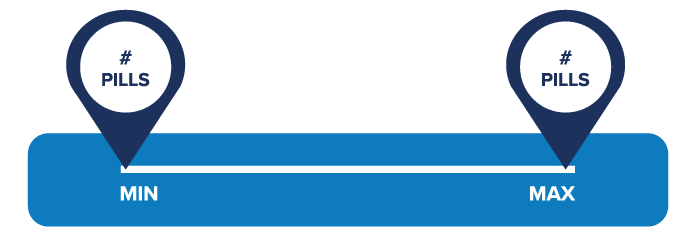Urology Surgery
Download PDF
OPEN’s Opioid Prescribing Recommendations are designed to spark meaningful conversations between patients and providers, so every pain management plan is tailored to the individual. These recommendations are rooted in research, patient-reported outcomes, and expert consensus. They are intended for patients who haven’t used opioids before surgery. Explore OPEN’s evidence-based recommendations for safer prescribing after adult urology surgery below.
Learn more at michigan-open.org/prescribing-recommendations/.
SUPPORTING LITERATURE
Shah et al. 2020 (Level 2 evidence)
- https://catalyst.nejm.org/doi/full/10.1056/CAT.20.0140
- MUSIC collaborative. Monitored opioid use and consumption patterns among patients undergoing robotic prostatectomy beginning in May 2018.
- Before implementation of pain-control optimization pathway (MPROP), 64% of opioids were unused by patients.
- Pathway targets all phases of care: preoperative, intraoperative and hospital course, discharge, and 30 days after the procedure.
- After implementation, 33% of opioids were left unused by patients.
- Preoperative incudes extensive counseling regarding postoperative pain control.
- Intraoperative and hospital course includes oral and IV narcotic medications administered on an as-needed basis.
- At discharge, patients are given a prescription for ≤6 tablets and strict instructions to only use for severe, breakthrough pain.
Koo et al. 2020 (Level 4 evidence)
- DOI: 10.1097/JU.0000000000000514.
- Multidisciplinary expert panel used a modified Delphi method to develop recommendations for postoperative opioid prescribing.
- Recommendations were made for opioid naive patients – Recommended prescription = 0-15 tablets (median of 10).
- Supporting literature by Patel et al. 2019 found that 15 tablets satisfied 84% of patient post-discharge needs.
- Panel agreed that it is important to contextualize postoperative pain management with patient goals and preferences and maximize nonopioid therapies.
OPIOID PRESCRIBING
When an opioid is needed after surgery, use the OPEN prescribing recommendations as the foundation for a shared decision-making conversation with the patient to determine the best prescription size.
It’s important to note that these are not rigid rules that must be adhered to, but rather recommendations. Starting form a standardized approach and then allowing for individualization helps promote both equity and patient-centeredness.
- Determine the opioid prescribing range based on:
- Type of procedure
- Additional procedures performed
- With the patient, determine the best prescription size within the appropriate range
- Assess for individual risk factors
- Consider patient preferences and other non-opioid strategies utilized
- Pain management at the time of discharge:
- Pain scores in 24 hours prior to discharge
- Medication use in 24 hours prior to discharge
- Timing of discharge

